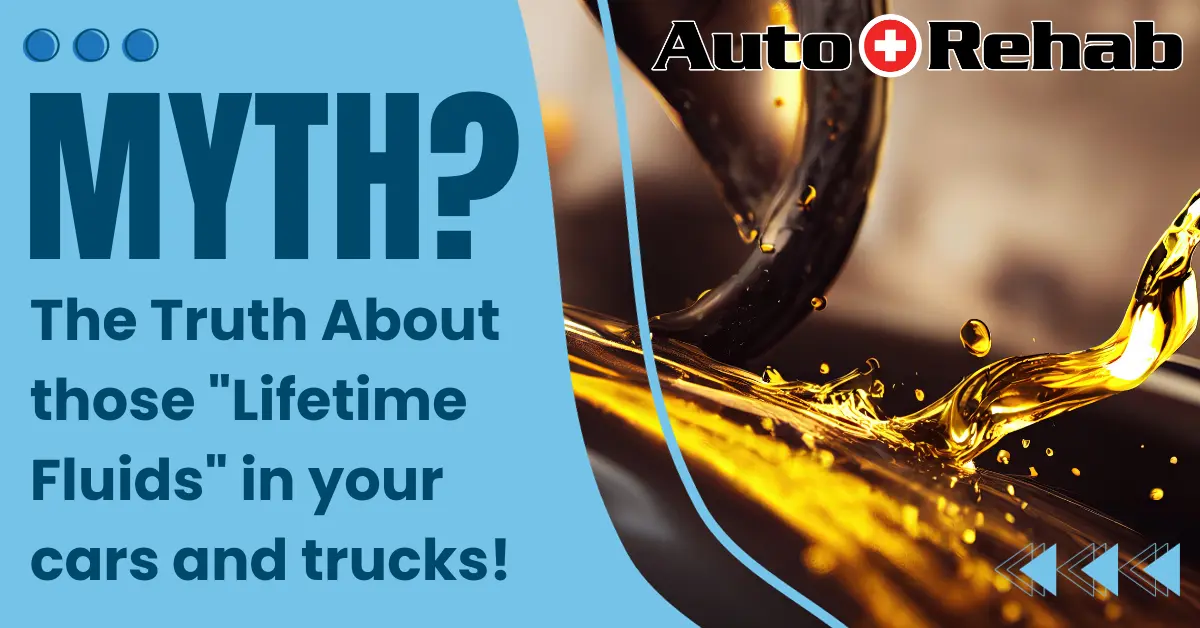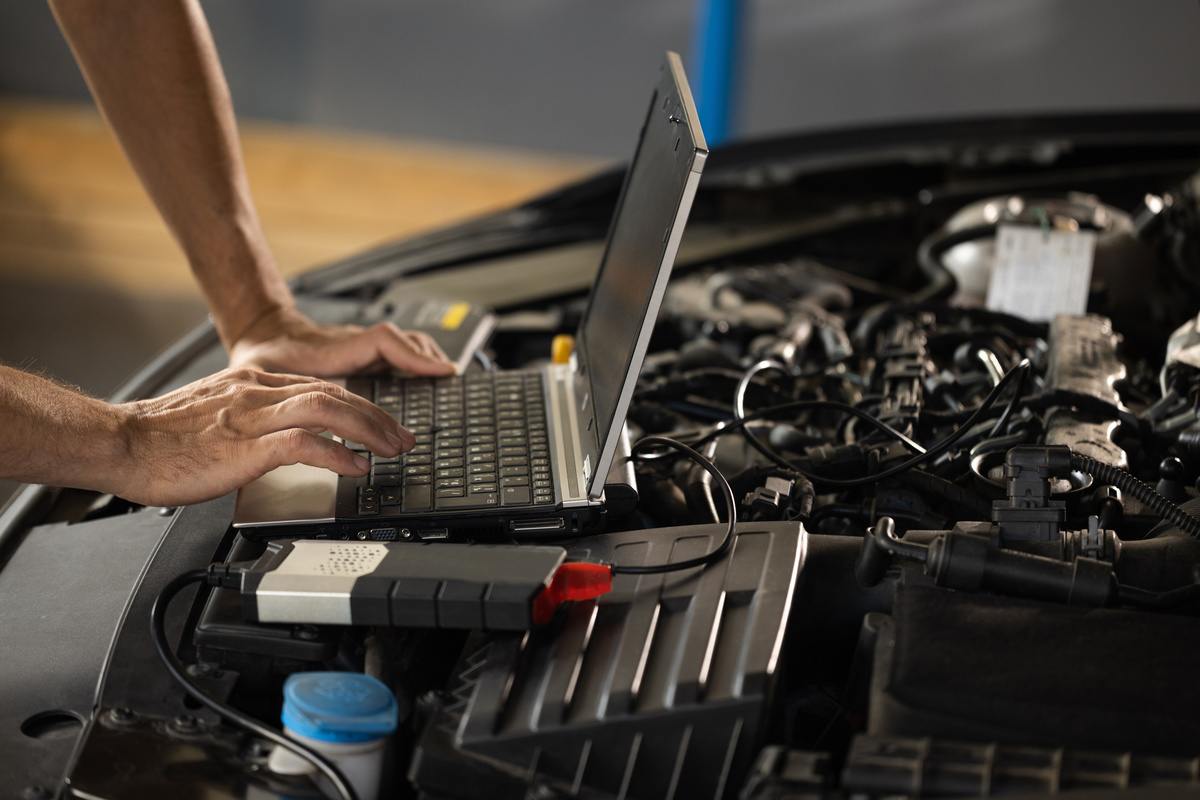Every car owner, at some point, has come across the term “lifetime fluids” in relation to specific vehicular components. The concept seems idealistic — a fluid that never needs changing for the entire lifespan of your car. But what does “lifetime” truly signify in this context? In this article, we dissect the myth and shed light on the truth behind these so-called “lifetime fluids.”
Understanding the Term “Lifetime Fluids”
Before delving into specifics, it’s essential to debunk the notion behind the term “lifetime.” When manufacturers use this term, they typically refer to the “warranty life” of the vehicle or the “design life” of the component, not the entirety of the car’s functional lifespan or the owner’s life. So, while these fluids may not require frequent changes, they aren’t truly “forever” fluids.
Why Do Manufacturers Promote “Lifetime Fluids”?
Marketing and reduced maintenance costs are primary motivators. By promoting “lifetime fluids,” manufacturers can market their vehicles as low-maintenance and cost-effective in the long run. It makes a vehicle seem more attractive to a potential buyer, especially those who dread frequent service visits.
Common “Lifetime Fluids” and Their Realities
- Transmission Fluid: Lubricates, cools, and cleans internal transmission parts. While many manufacturers label their transmission fluid as “lifetime,” experts suggest replacing it every 30,000 to 60,000 miles, especially for vehicles that tow or carry heavy loads.
- Coolant: Many modern coolants are labeled as “long-life” or “lifetime,” but contamination over time is inevitable. Most experts recommend flushing and replacing coolant every 60,000 miles or five years, whichever comes first.
- Brake fluid: Attracts moisture, which can corrode internal brake components. Even though some manufacturers may not specify a replacement interval, it’s wise to change the brake fluid every 2 to 3 years.
- Power Steering Fluid: Often overlooked, can degrade over time. Although many manufacturers claim it’s a “lifetime” fluid, replacing it every 75,000 miles or when it turns dark can extend the lifespan of the power steering pump and other components.
The Potential Consequences of Not Changing “Lifetime Fluids”
Relying solely on the “lifetime” label can have repercussions:
- Reduced Component Lifespan: Dirty or degraded fluid can accelerate wear on internal components, leading to premature failures.
- Costly Repairs: Delaying fluid changes can lead to more significant issues, resulting in expensive repair bills. For example, an overused transmission fluid can cause the transmission system to overheat or fail, requiring complete replacement.
- Compromised Safety: In the case of brake fluids, old or moisture-laden fluid can affect braking efficiency, potentially endangering the vehicle’s occupants.
- The Lifetime Fluids Argument: At the heart of the “lifetime fluids” debate, is a balancing act between economics and vehicle longevity. While adhering strictly to the “lifetime” claim might save money in the short term, the long-term costs of potential repairs or replacements far outweigh those initial savings.
The Takeaway: Being Proactive is Key
For those who intend to keep their vehicles beyond the warranty period or are purchasing a used car with the belief that “lifetime fluids” were never changed, proactive maintenance is crucial.
Consulting with Auto Rehab
If in doubt, it’s always advisable to consult with professionals. At Auto Rehab, we understand the intricacies of “lifetime fluids” and can offer tailored advice based on your vehicle’s specific make, model, and driving conditions.
In the automotive world, terms like “lifetime fluids” can be misleading. As informed consumers, understanding the fine print and nuances behind such claims ensures the longevity of our vehicles and safety on the road. Always prioritize regular maintenance checks and fluid replacements, ensuring your vehicle stays in prime condition for actual lifetimes to come.






